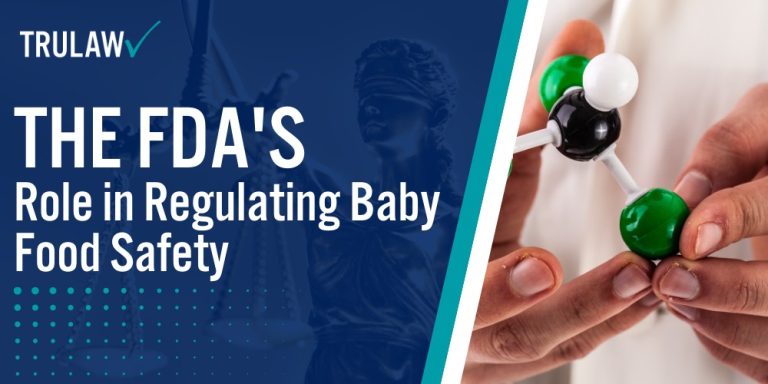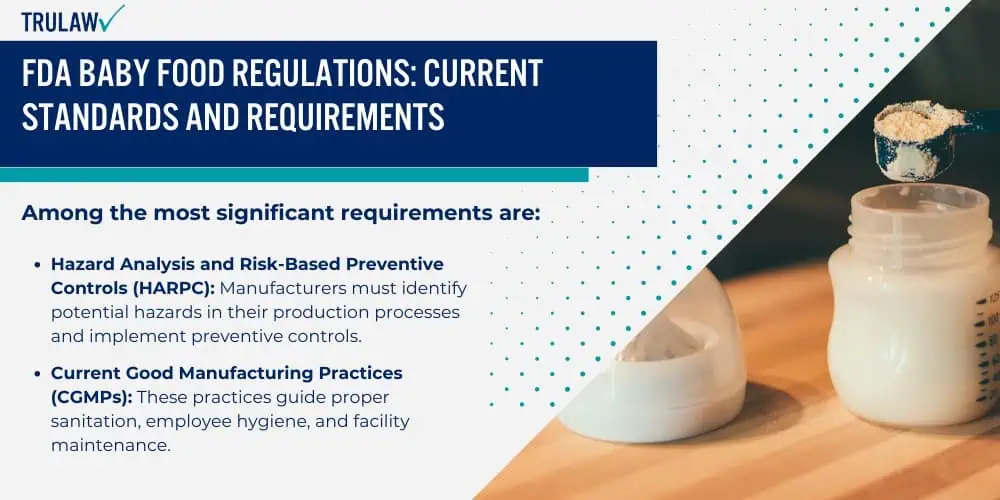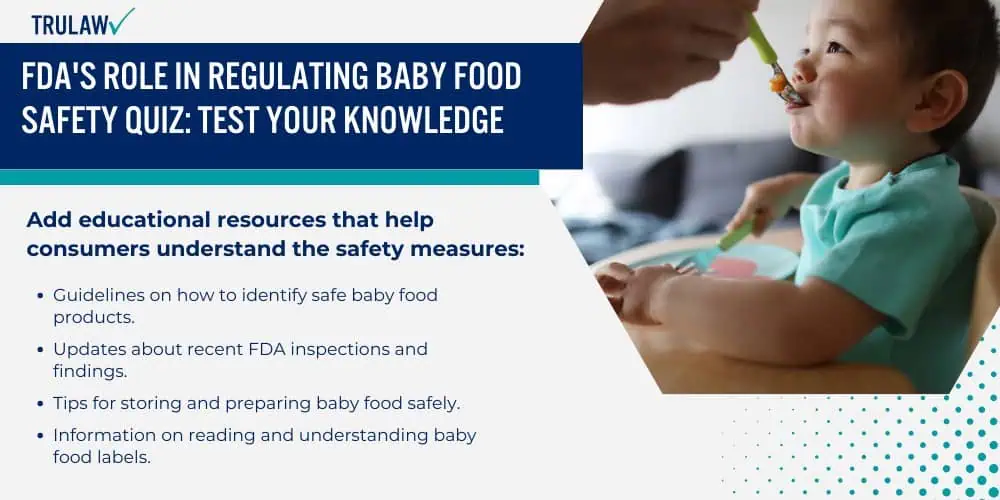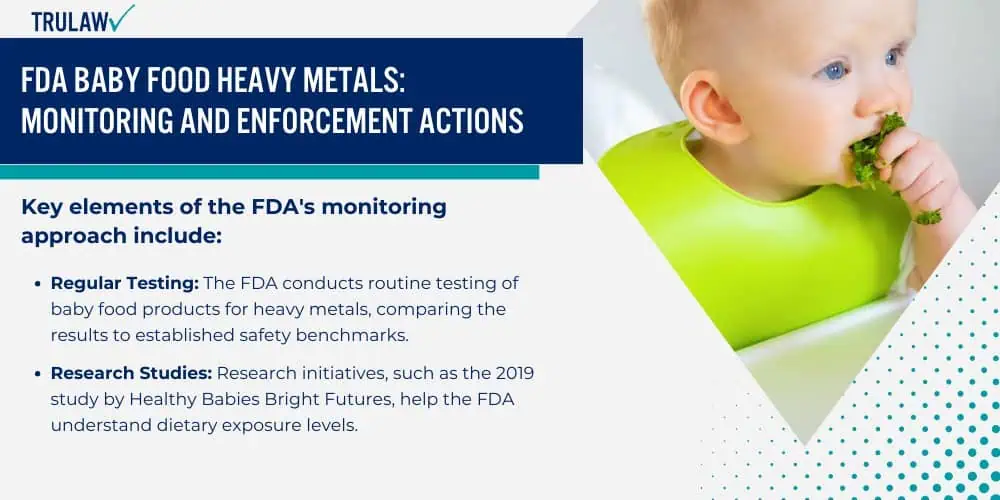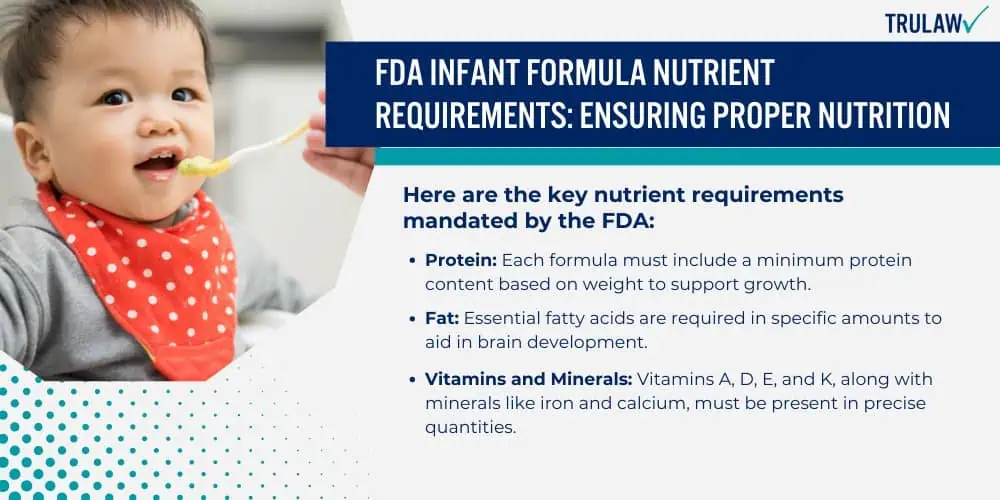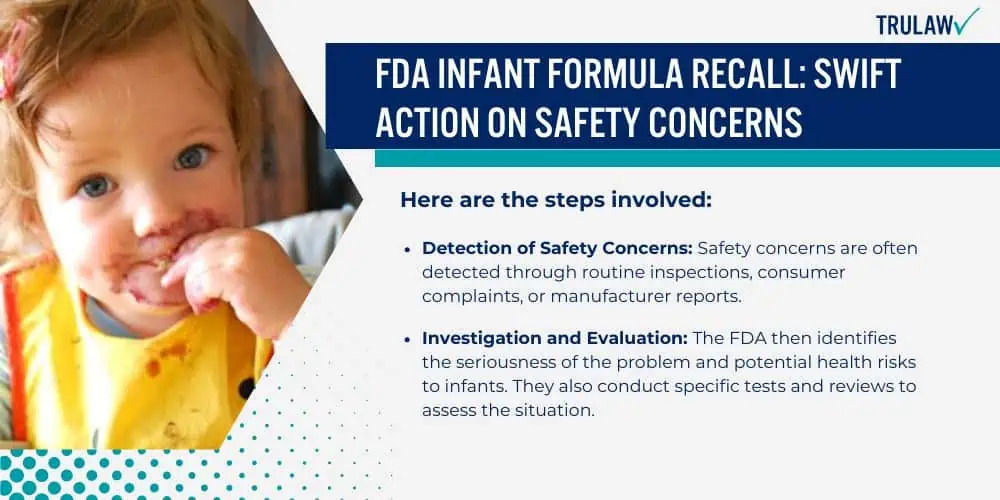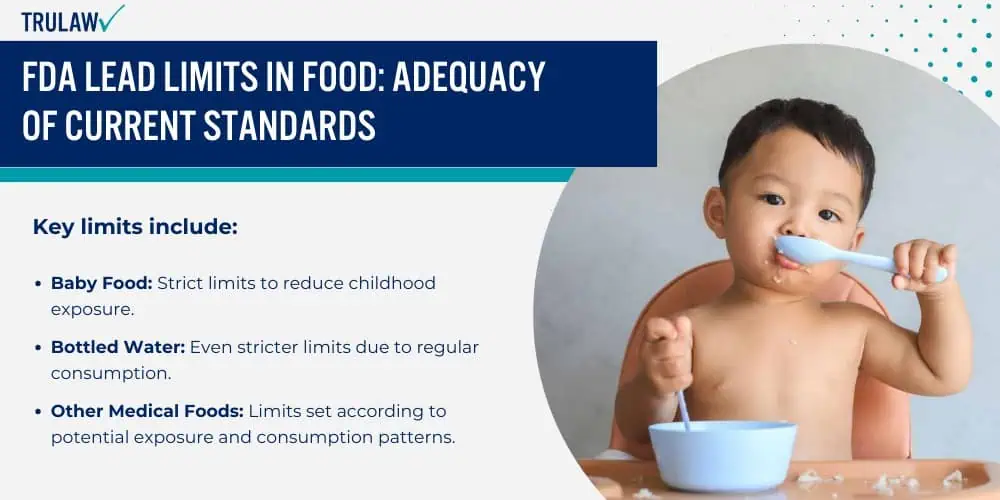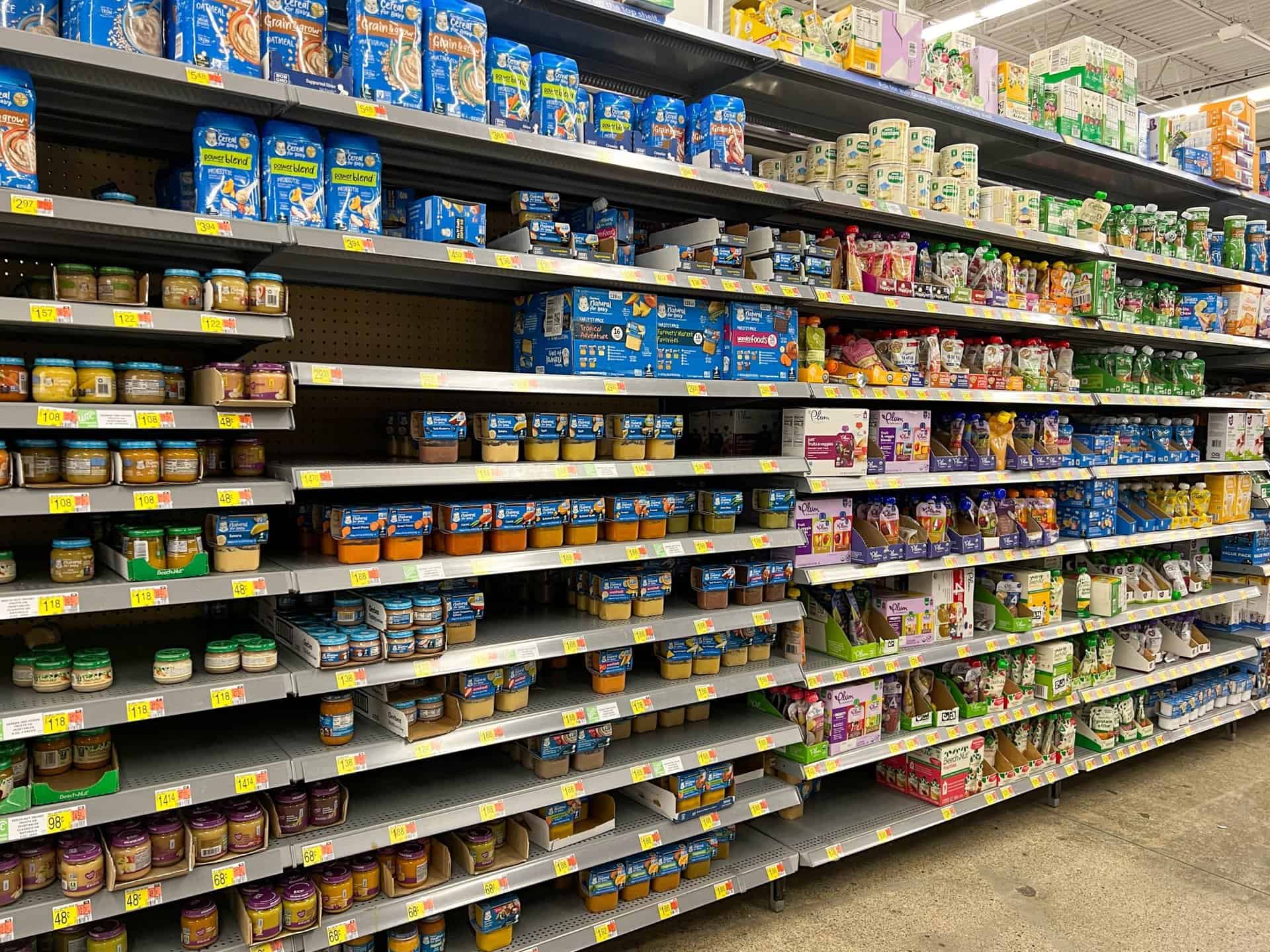In recent years, the FDA has issued regulations to reduce harmful substances in baby food, such as lead, arsenic, and BPA.
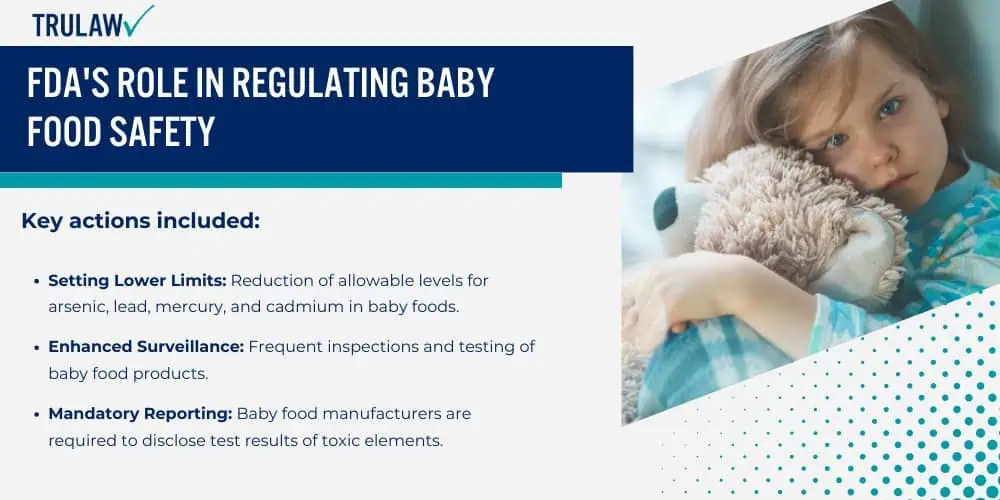
These efforts aim to minimize the risk of developmental issues and other health problems associated with these substances.
The FDA also collaborates with other agencies and organizations, such as the USDA (United States Department of Agriculture) and WHO (World Health Organization), to ensure comprehensive food safety measures are in place.
Their multifaceted approach helps maintain a high level of consumer protection, making baby food safer than ever before.
Significant FDA Actions on Baby Food Safety in 2021
The FDA launched multiple initiatives in 2021 to regulate baby food safety.
One major action was the introduction of the Baby Food Safety Act, which aimed to limit toxic elements in baby foods.
The FDA’s heightened monitoring system required manufacturers to comply with stricter safety standards and promptly report non-compliance.
Key actions included:
- Setting Lower Limits: Reduction of allowable levels for arsenic, lead, mercury, and cadmium in baby foods.
- Enhanced Surveillance: Frequent inspections and testing of baby food products.
- Mandatory Reporting: Baby food manufacturers are required to disclose test results of toxic elements.
- Industry Guidance: Issuance of new guidelines to help manufacturers implement stricter safety measures.
These measures ensured that baby foods met higher safety standards to protect infants.
Impact of FDA’s Regulatory Efforts on Industry Practices
The FDA’s regulatory efforts in 2021 significantly impacted baby food manufacturers.
Stricter enforcement prompted companies to adopt comprehensive food safety protocols.
Many manufacturers invested in advanced testing technologies to ensure compliance with the new standards.
Changes fostered by the FDA’s regulations included:
- Upgrading Testing Equipment: Enhancing facilities to detect even trace amounts of harmful substances.
- Improved Labeling: Clearer ingredient lists and safety information on baby food products.
- Increased Transparency: More openness in sharing safety data with consumers.
- Product Reformulation: Reformulating products to eliminate or reduce toxic elements.
These changes helped boost food safety standards, ensuring that the foods consumed by infants were safer.
